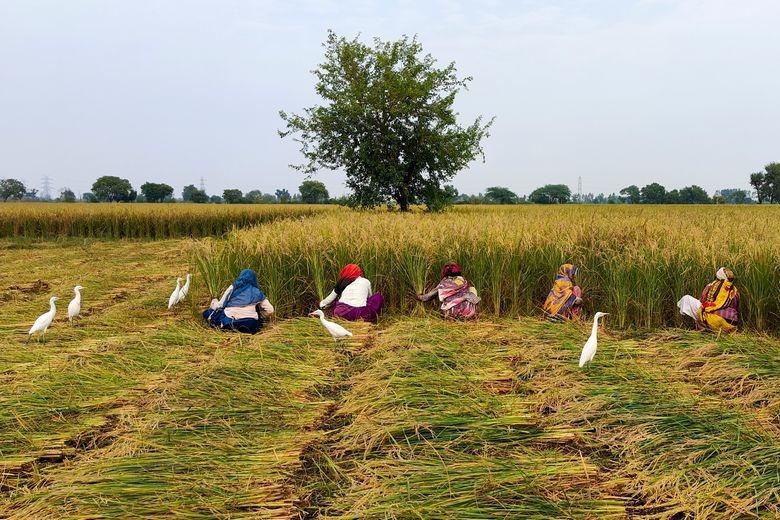UN: Climate crisis disproportionately impacts women financially

Data indicates that rural households headed by women lose approximately 8% more income due to heat stress compared to those led by men
Research indicates that women in rural areas of developing countries experience significantly higher economic losses from the effects of climate change compared to men, a gap that is expected to widen. According to data from the UN’s Food and Agriculture Organization (FAO), households led by women in rural areas lost approximately 8% more income due to heat stress than those led by men. Additionally, when floods occurred, the reduction in income for women-headed households was about 3% greater than that for men.
Across low- and middle-income countries worldwide, this disparity amounts to approximately an additional $37 billion lost to women due to heat stress and an extra $16 billion lost to floods each year.
Researchers estimate that a 1°C increase in long-term average temperatures results in about a one-third reduction in the incomes of female-headed households compared to male-headed households. Additionally, when extreme high temperatures occur, children and women tend to work more, with children working nearly an hour extra a week on average in rural areas, according to the report.
Lauren Phillips, the deputy director of inclusive rural transformation and gender equality at the FAO and a co-author of the report, highlighted that governments are failing to consider the factors that disadvantage women, and climate aid is not targeted in ways that address the gender gap. She noted that the report is the first to clearly quantify this disparity.
“This gender gap can have a very dramatic impact on GDP growth,” she told the Guardian. “We could increase global GDP by 1% if we could reduce food insecurity for 45 million people, by focusing on women.”
Less than 2% of climate finance globally is estimated to reach small-scale food producers. Women are disproportionately affected by the climate crisis, partly because the impacts worsen existing inequalities, such as unequal rights to land tenure and limited economic opportunities. Additionally, women tend to bear more of the burden of providing water, fuel, and food. Phillips suggested that governments and donors could address these issues through better targeting of assistance.
“Targeting women in ways that ensure their empowerment has greater benefits,” she said. “There are multiple gains and benefits from directing climate finance toward women. We need to intentionally focus on this to achieve much higher returns on investment.”
The researchers analyzed socioeconomic data from over 100,000 rural households, representing more than 950 million people, across 24 low- and middle-income countries. They correlated this information with 70 years of daily precipitation and temperature data to create a detailed understanding of how climate changes and extreme weather events affect people’s incomes, labor, and lives.
This research adds to a growing body of evidence showing that women and vulnerable populations are disproportionately affected by the impacts of the climate crisis. The report also found that older individuals tend to be more affected than the young, who may have more opportunities to relocate to avoid the effects of extreme weather, and that those already living in poverty are more vulnerable than those with higher incomes.
Maximo Torero Cullen, the chief economist at the FAO, stated in the foreword to the report: “Climate change is exacerbating existing income disparities in rural areas, pushing vulnerable individuals towards maladaptive coping mechanisms and ultimately making it more challenging for these groups to break free from cycles of poverty and hunger.”
The report found that poorer households experienced losses approximately 5% greater on average than their wealthier neighbors when faced with flooding or extreme temperatures.
Phillips explained: “Our findings indicate that climate change is increasing the rural poor’s reliance on agriculture. As the climate continues to change, agriculture will become more challenging.”


